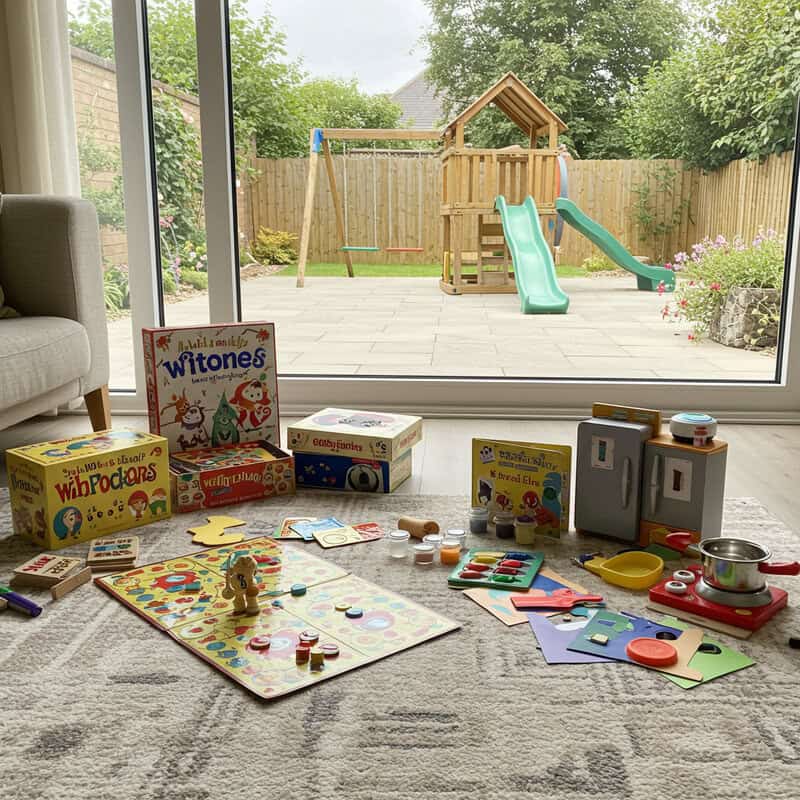Communicate and Involve Kids in the Process

Open communication is crucial for gaining children’s cooperation. Sit down together to discuss why limiting screen time benefits their health, learning, and relationships. Encourage your child to share their thoughts and feelings about the new rules, and invite them to suggest alternatives or compromises.
When kids feel heard and included in decision-making, they’re more likely to respect boundaries and less likely to resent changes. This collaborative approach can transform potential conflicts into opportunities for growth. For tips on effective family communication, visit CDC: Parents for Healthy Schools.






